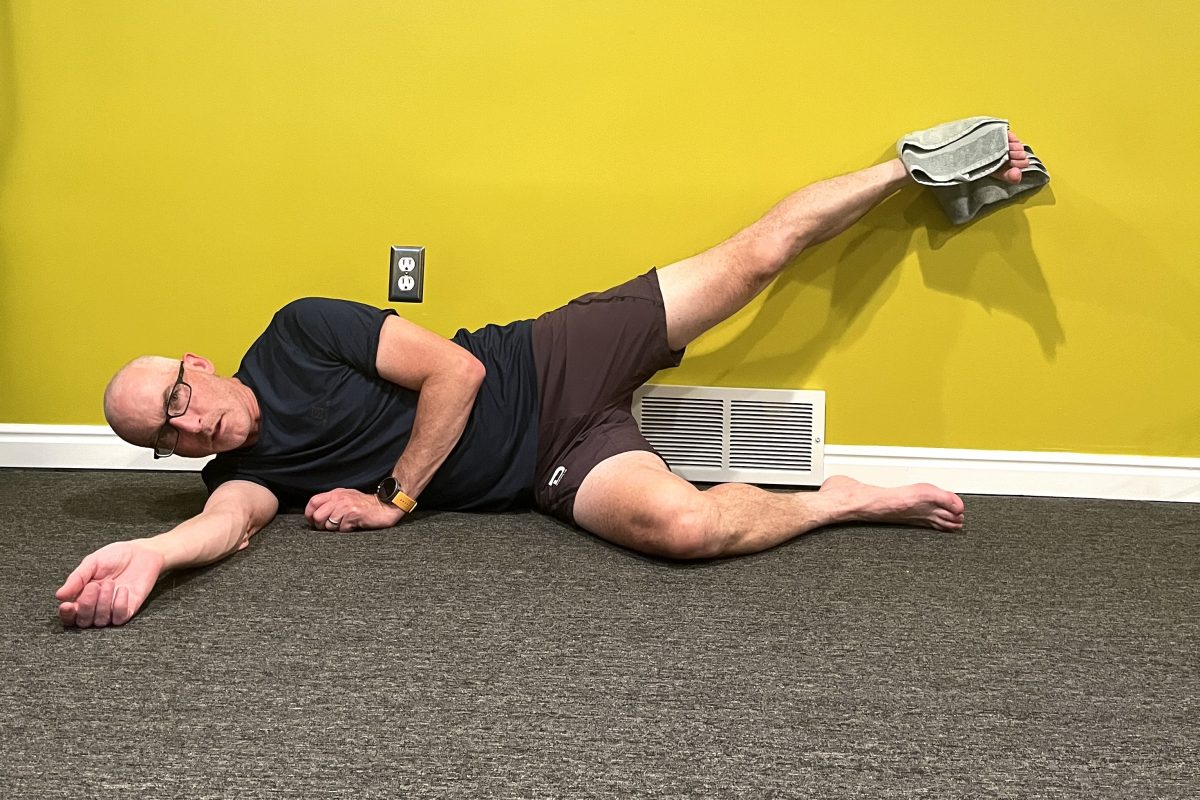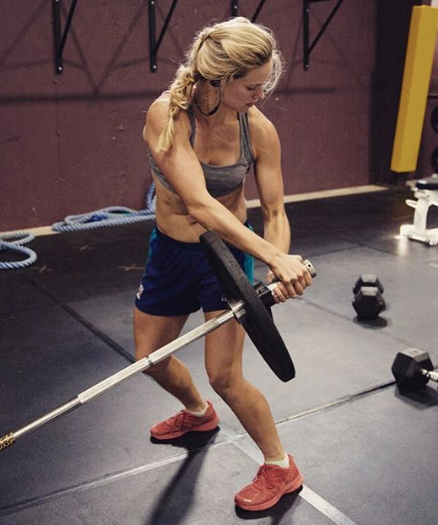A native of Fairbanks, Alaska, Reese Hanneman currently races for the Anchorage, Alaska-based APU Nordic Ski Club.
The chromed-out hog fired right up, and it sounded mean. An old friend from my high-school swimming days straddled the bike, and twisted some life into the Harley. Or was it a Star? An Indian? Either way, it had some throat to it. I’m sure that among hardcore motorcycling circles, the thing was a piece. By which I mean a piece of junk. But it would be way more than we would need today; grandmas on Vespas had been quite sufficient in this same line of duty for decades.
I had originally called Liam to see about going for a road bike ride. He said that he wouldn’t be able to ride that morning, because he had a more specific workout planned. “Im doing some motorpacing. You should come and try it” he said.
Liam Ortega is one of the best speed skaters in the United States. The American Cup 1500m champion grew up in Fairbanks, and dabbled in cross-country ski racing as winter training in high school. Spending most of his time at the training centers in Salt Lake City and Milwakee over the last few years, Liam decided to try something different this year and return to Fairbanks for the first half of the summer. Which poses a few problems for a professional speedskater.
As a long track specialist, Liam has no perfect options for training in Fairbanks. Sure, the place is hockey crazy, so there should be lots of rinks right? Unfortunately, they are all way too small (its short track speedskating that uses hockey rinks) and crowded with hockey nuts 24/7. So he has to improvise.
Enter the motorcycle. Liam clicks the wheels of his racing inline skates on the pavement a few times, and then tightly grips right above the rear fender, curling himself into a tuck behind the bike. My old swimming buddy gives some throttle with one hand and lets the clutch out with the other, and they’re off. Somewhere near 1000 cubic centimeters of internal combustion quickly pulls the hog and its human trailer up to 30 mph, and then, release… Liam rips down the road under his own power, his massive legs pumping from side to side, keeping him tucked into the bike’s slipstream until he can take no more.
Although it might seem like a novelty ride from the fair, this whole thing is, after all, a workout. Liam has a specific set of intervals planned, including four 800m repeats, followed by two mile-long repeats. He wants the motorcycle driver to keep the bike moving at a pace just slightly faster than Liam’s top speed, which makes for a beyond all-out effort. With the motorcycle breaking the wind and leaving virtually no frontal air resistance, the only challenge lies in propelling oneself fast enough to keep up. On this day, on this pavement, Liam does his repeats around 30 mph.
Before I knew it, it was my turn. I had done a quick mental calculation, and figured that at top speed, I might be able to double pole at 25 mph for a short while. I told the driver this, and that we would probably have to adjust as we went. I tried to imitate Liam’s holding and releasing technique on the rear rack of the motorcycle, although the presence of ski poles in my hands certainly made it weird.
The motor pacing itself was actually fairly straightforward. Basically it went like this: hang on for dear life, let go when I felt comfortable with the speed, and double-pole like a bat out of hell. It took me about four strokes to realize that there was no way I could go 25 miles an hour. Even without any air resistance, it was clear that pushing myself at that speed was impossible; I just simply could not move my hands and my poles that fast.
Once we adjusted the speed down to about 20 mph, I was able to stay in the bikes slipstream if I went at absolute maximum effort, but not for long. I was only able to hold that pace for a few hundred meters at best before the motorcycle and its draft would slowly drift away from me; with only a couple meters between the bikes fat rear tire and my tiny front wheels, the wind would hit me full force and it was all over.
Although the motorcycle and its pounding v-twin were pushing all of the air out of the way for me, it was still requiring a ridiculous amount of work on my part. At the end of each interval, my head was pounding and my arms were on fire, flooded to the brim with lactic acid. From a training standpoint, that was nothing new. There are an endless number of workouts that can produce that same painful feeling that makes you want to sit down in the ditch and cry. But the unique part about this method was the turnover required, and the speed that the hands needed to move in order to contribute to the forward motion.
As I played around with my technique during these high-speed (well, highs-speed for double-pole rollerskiing anyway) drag runs, I became slightly more relaxed with the ultra-fast turnover. While I was flailing like a crazed duck on the first few tries, my movements became more fluid and smooth as I fatigued, out of desperation to keep up with the motorcycle. In this regard, it did perhaps contribute a small amount of technical refinement.
So will this be the next revelation in cross-country ski training? Will guys like Joensson, Hattestad, Hellner and Northug go out and buy Screamin Eagles and hire leather-clad thugs to pilot them? Highly unlikely.
Ok, so there were a few benefits of the whole motorpacing thing. Maybe. The motorcycles slipstream allows for a higher ground speed than would be normally attainable. This lets a skier (or speedskater, or cyclist) practice moving at those speeds, and become more comfortable with them. Of course, if one were to use a slightly lower speed, maybe something around sprint prelim pace, then the effort would be easier and so could be sustained for a longer time. Maybe a skier could do multiple full-speed sprint prelims in one workout due to the draft.
One of the biggest marks against motorpacing on rollerskis is that it is fairly unnecessary. The whole thing can be avoided by finding a nice gradual downhill. By using the downward grade to overcome the wind resistance, an almost indentical effect can be had. Another obvious negative is the logistical headache that comes with using a motorcycle for a workout; first, you have to actually have access to one. Not to mention that you need a flat, smooth section of road with very little traffic and good spots to turn around.
Honestly, an actual bicycle would be way more practical for rollerski motorpacing. While most recreational cyclists might have a hard time consistently pulling at the 30 mph a speedskater needs, they shouldn’t have any problem riding 20 miles an hour.
So would I do it again? Of course! Was it a totally new, crazy workout? Yes. Am I going to destroy the competition next year because of it? No.



